GDC member spotlight: SolarAid
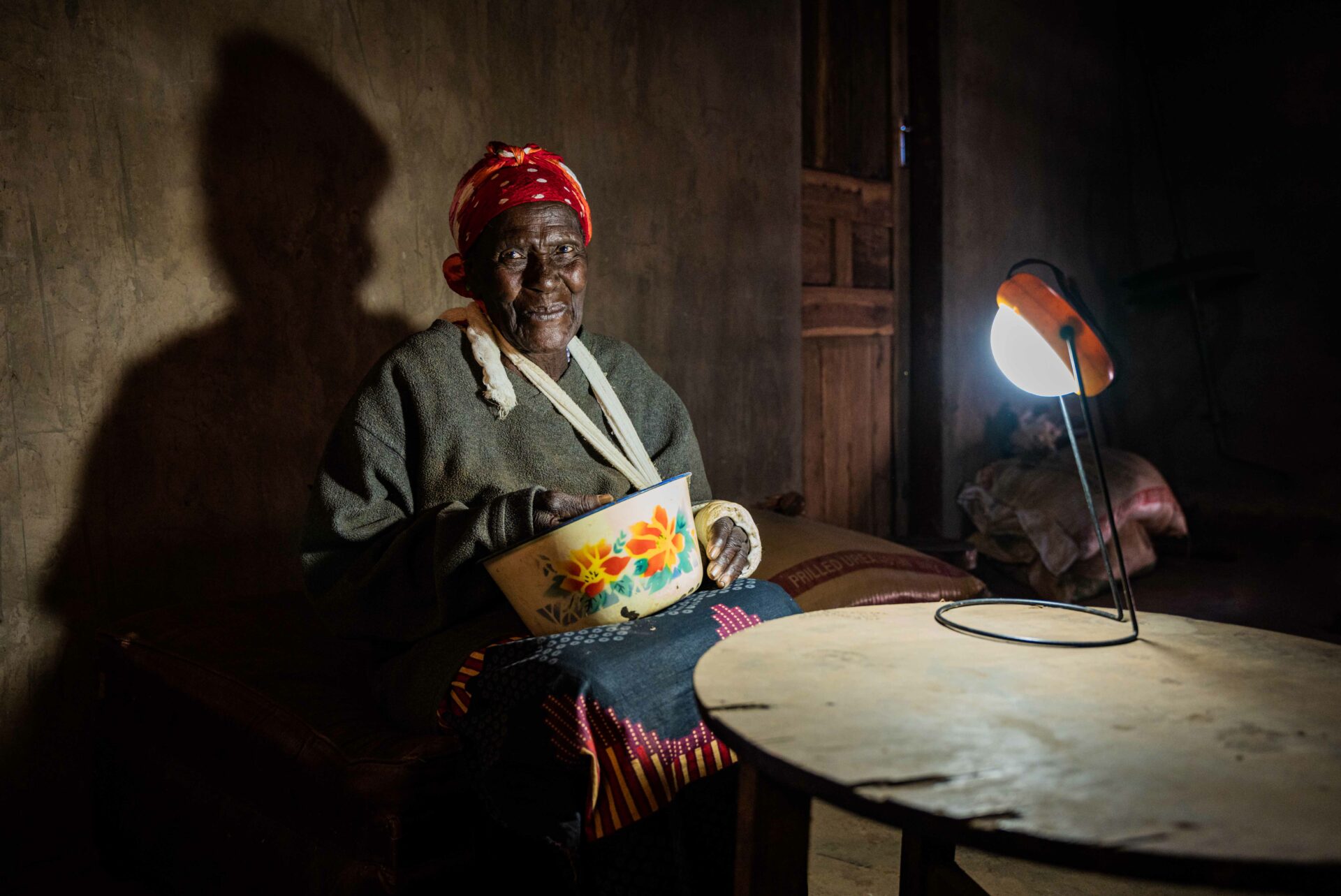
SolarAid was one of the very first GDC members and is one of the best known ‘brands’ when it comes to last mile distribution (LMD). But over the last three years, they have transformed their mode of operating and are today quite different from our other members; indeed, SolarAid doesn’t necessarily identify as a last mile distributor anymore. This blog dives into how they’ve evolved, why they’ve evolved, and what they’re bringing to the LMD sector.
In the last few years we’ve seen a rapidly expanding LMD sector – but what was it like being an LMD when you first started out?
When we started operating in 2006, the LMD sector was only just emerging in Malawi and Zambia, and we found ourselves trying to do everything: we were educating customers on the benefits of individual off-grid solar products; tackling the logistical challenges involved in physically getting these products into the hands of rural customers; and also managing the local supply chain and production. The arrival of big players like Greenlight Planet and d.light allowed us to focus more on what was to become our bread and butter: last mile market activation, and developing and testing inclusive models to scale access in the remotest, most rural and lowest-income communities.
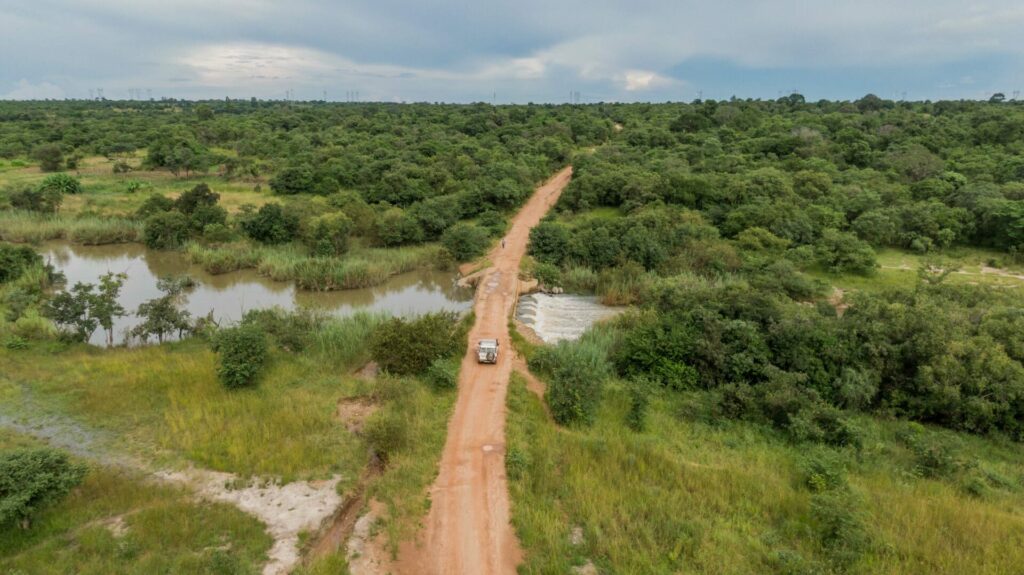
You are in the minority of our members because you operate as a charity rather than a for-profit company, which gives you some useful advantages. What does your status let you do that many of our members can’t?
For a while, and via our social enterprise SunnyMoney, we were the largest LMD in Africa (by sales volume). But, as a charity, this was never supposed to be our role; we didn’t want to be a market leader, and we needed to evolve with the changing environment. So, a few years ago, we had a long hard look at the market. We saw dozens of fantastic distributors, many different products, and lots of exciting innovation, and asked ourselves: what should SolarAid focus on? What was our purpose? Because we are owned by a charity, we are in a unique position to focus on serving the very hardest-to-reach customers (living on less than $1.20 a day) – without the same pressure to achieve sales that many for-profit LMDs face. It can be understandably hard for other LMDs to prioritise the very poorest segment of the population when they are often trying to survive themselves. At SolarAid, we challenge ourselves to develop models that absorb much of the risk associated with focussing on the very poorest and most marginalised, to pave the way for others (whether that be other LMDs, larger businesses, or governments, etc) to step in and deliver. This sits at the heart of our new strategy.
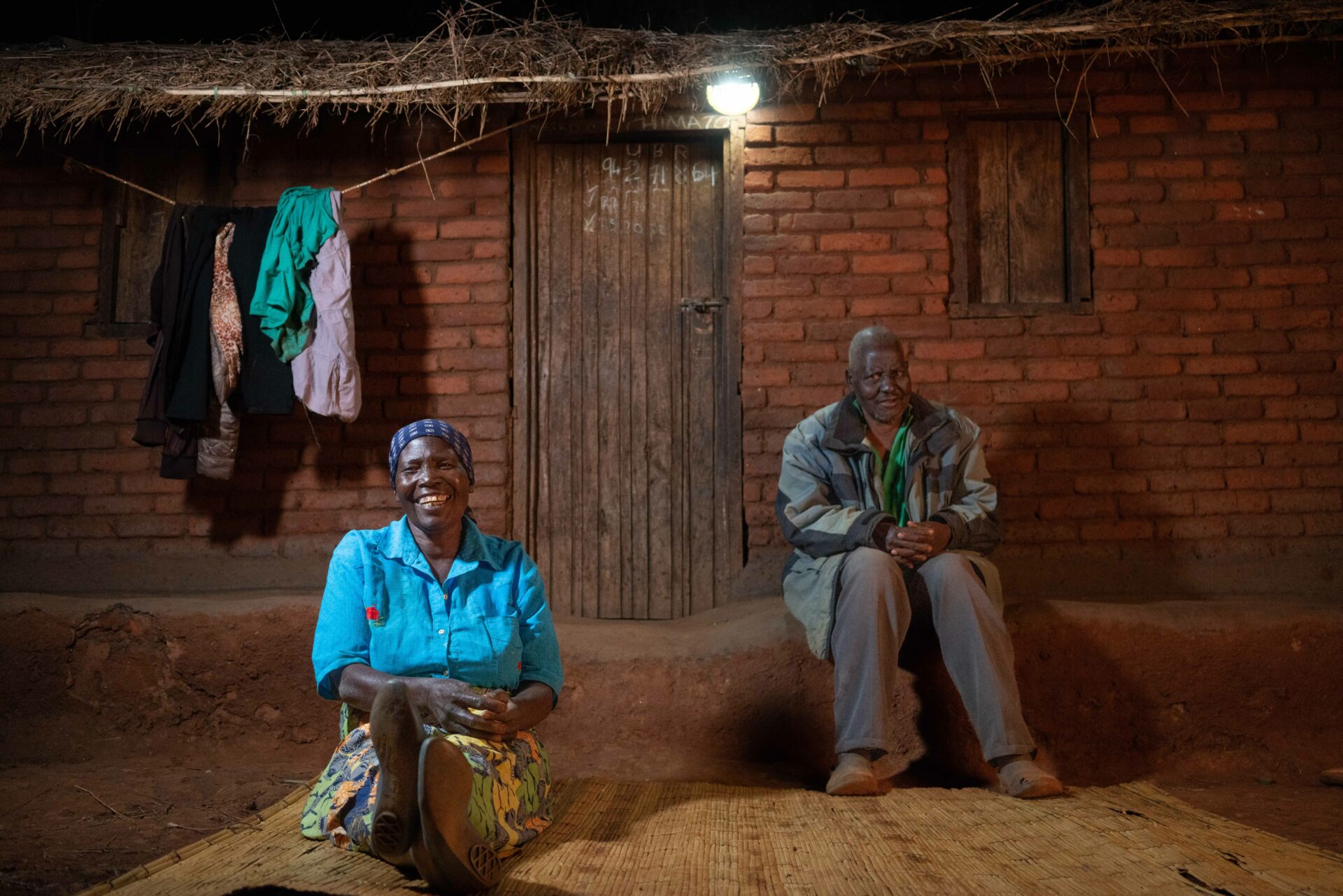
John January, his wife Judith Patisi. TA Kasakula, Ntchisi District, Malawi. Photo credit: SolarAid/ Chris Gagnon
Which approaches are you trialling that you’re most excited about?
Without a doubt, the combination of our ‘light libraries’ and ‘light a village’ programmes, alongside our work on subsidies. Our light libraries enable children to rent a solar light from their school for use at home, for as little as 1p/day. We’ve found that this is affordable for even the very poorest families, and our vision is for other LMDs and NGOs to scale this up in partnership with local schools, using our step-by-step toolkit. Light a Village similarly takes the risk out of product ownership for customers who would otherwise struggle to afford to buy even the simplest off-grid solar product, by providing all households in a village with free solar home systems that they are encouraged to maintain and ultimately pay for over time. Our objective is for 100% of participating households to end up paying for the systems, and we’re already in talks with companies interested in testing this in other countries. And lastly, like others across the sector, including GOGLA and Energy Subsidy Lab, we don’t see a future without subsidies, if we are committed to achieving truly universal energy access. We’re already trialling the subsidisation of entry-level lights in Zambia to enable particularly low-income customers to take the first step onto the energy ladder, and want to see if it’s possible to support those customers over time to move up the energy ladder to unlock additional products and benefits.
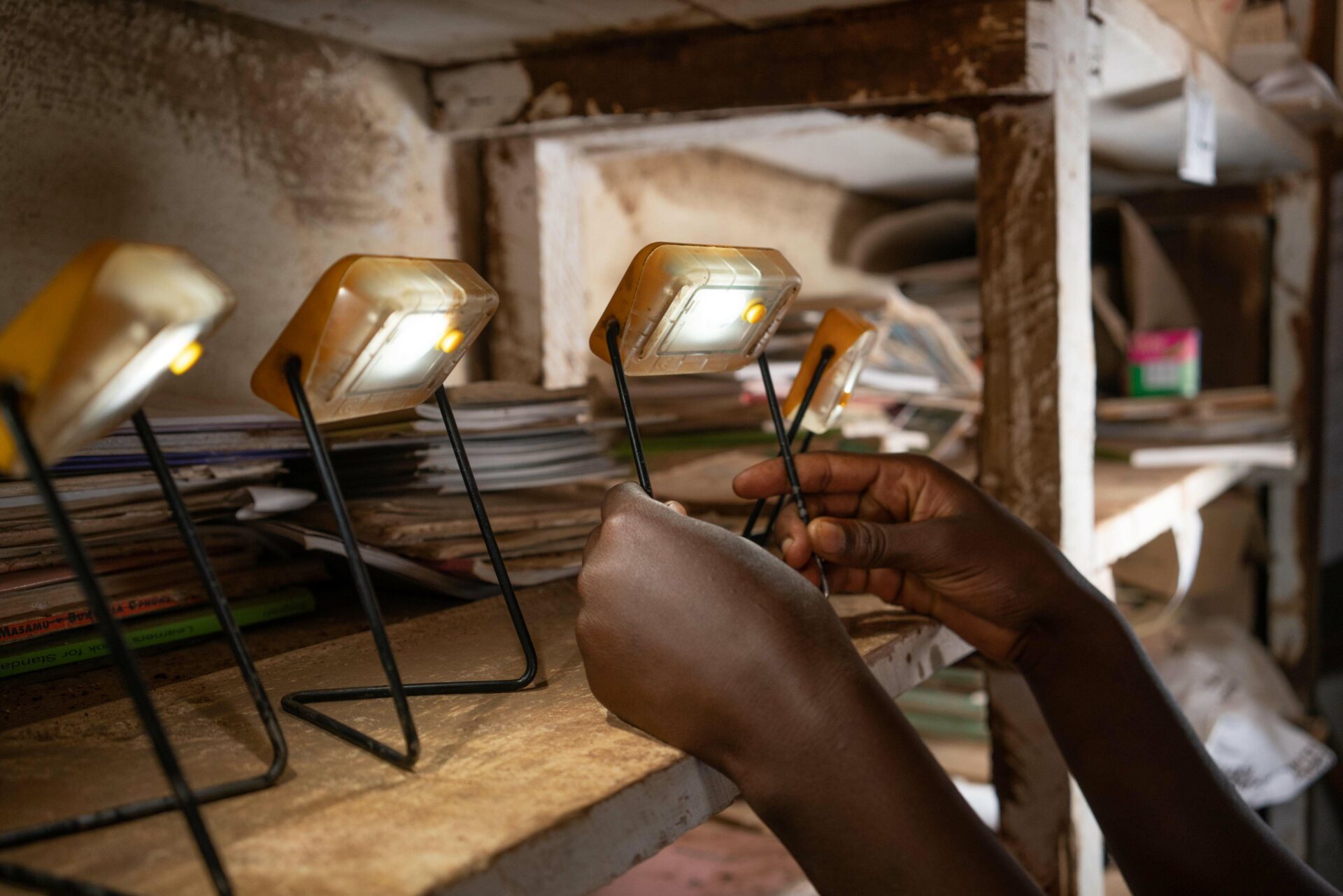
Light Library Malawi. Photo credit: SolarAid/ Chris Gagnon
For every new approach that takes off, there will always be other ideas that don’t succeed. Tell us about failure at SolarAid – what has not gone as you envisaged, and how do you use failure to your advantage?
Some of our failures have become our greatest successes. For example, we found the individual school visits required as part of our student lights campaign extremely time consuming and expensive. But then we thought ‘what if the schools came to us?’. We worked with the education authorities to set up collection zones for multiple schools at a time, enabling us to reach more students more quickly and more affordably.
Another good example of how we’ve adapted to failure is powering institutions – in particular, schools and health facilities. As an organisation, we have installed over 400 systems in schools and clinics across the region. While these were all designed to be sustainable, long-lasting systems, we have found that many fail over time due to a lack of maintenance, access to spare parts, and ownership. We are now using smart, plug-and-play systems to power schools through a fee-for-service model, whereby we ensure systems remain operational. This is exciting and we are keen to apply this in healthcare settings, too.
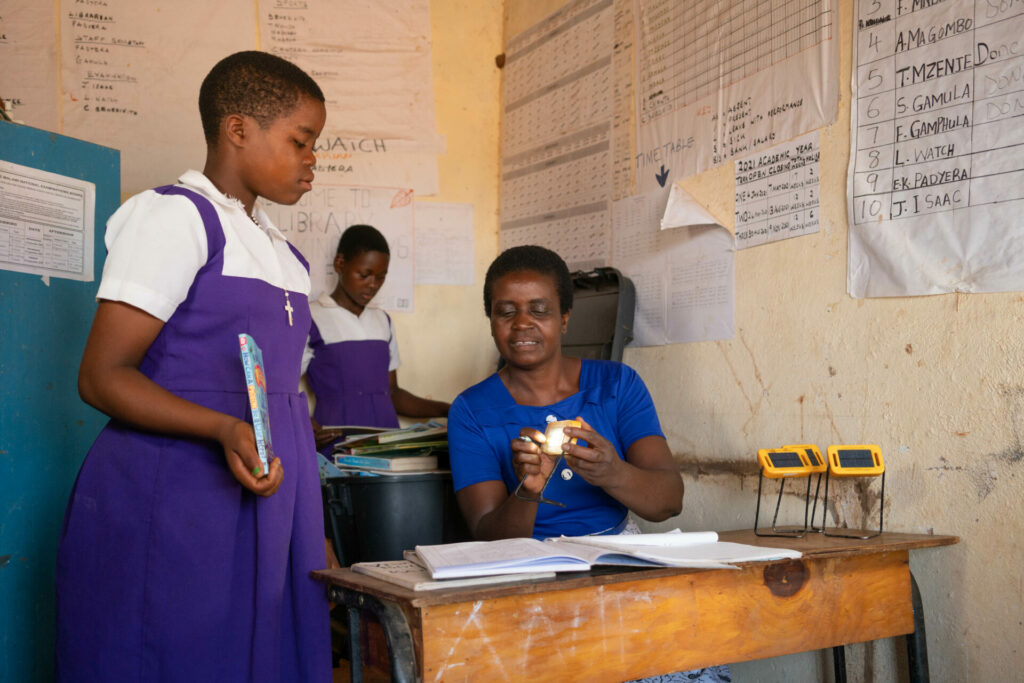
Rhoda Unyolo and head teacher Beatrice Maluza, Kalira School, Tembetembe, Dedza District, Malawi, November 23, 2021. Photo credit: SolarAid/ Chris Gagnon
What does success look like for SolarAid?
We take SDG7 very seriously, and over time this has changed our definition of success within our organisation. Once upon a time, we measured success purely by the number of lights we sold, but now we are striving for wider systemic change. Success in five years’ time would be light libraries having been rolled out across the continent by partnerships of NGOs, LMDs and schools; our ’Light a Village’ model having been adopted by governments across Africa as a core element of their journey to SDG7; and our subsidy trials having helped to identify ways to deliver energy access to those currently at risk of being left behind.
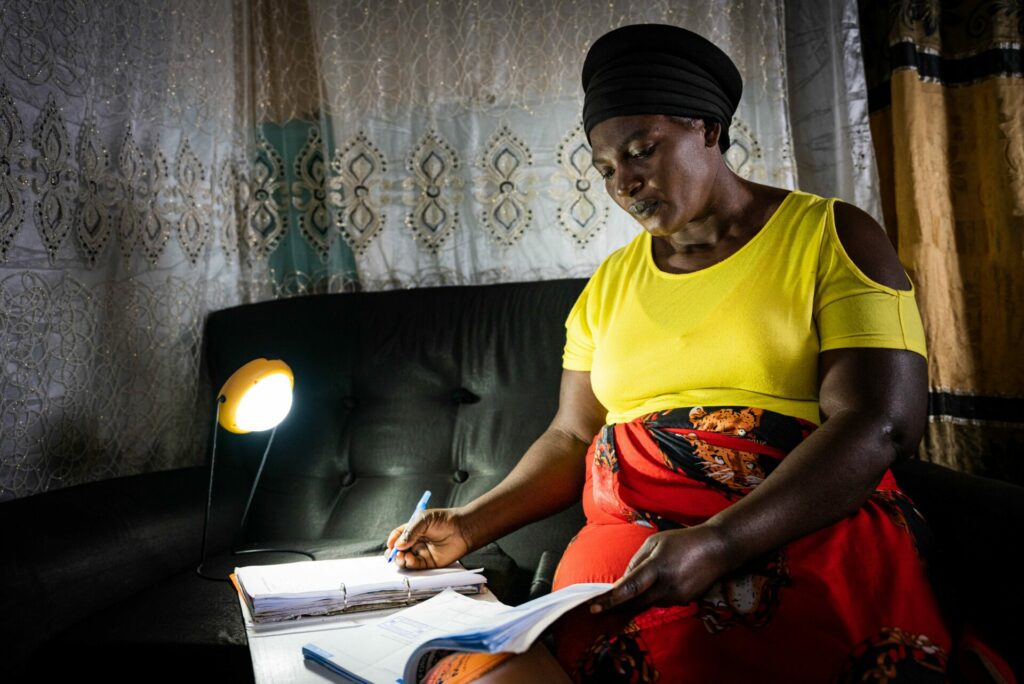
29 Jun 2022 – Rhodah Chibale preparing school work using solar light in Chandamukulu village, Kasama, Zambia. Photo credit: SolarAid/ Jason J Mulikita
What does this evolving idea of success mean for your organisational culture?
It has required quite a mentality shift at SolarAid, and we are still on this journey. Metrics of success are different now, which requires a different approach at all levels: from setting and measuring sales targets to developing and monitoring budgets, and to designing and implementing other organisation-wide systems and processes. This has been an iterative process and giving ourselves the time to make changes has been important. This avoids any hard stops on existing work while giving us time to build the systems, metrics, and capacity needed. Communicating the new strategy in a way that makes it clear to our staff – from sales representatives and field teams to management staff – what the rationale for this shift is, and how it affects their day jobs in practice, is key.
SolarAid are increasingly becoming a ‘test lab’ for ideas that can sustainably serve the bottom of the pyramid. If you have ideas that contribute to this goal but don’t have the bandwidth to trial, SolarAid wants to hear from you! Contact them at info@solar-aid.org
